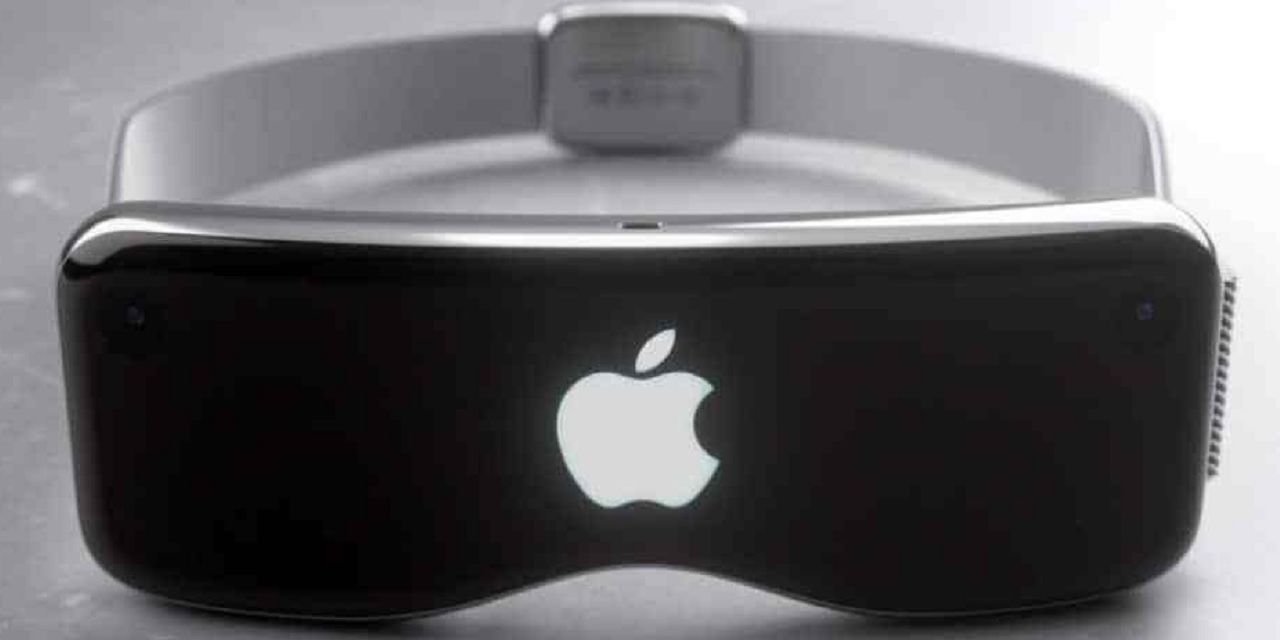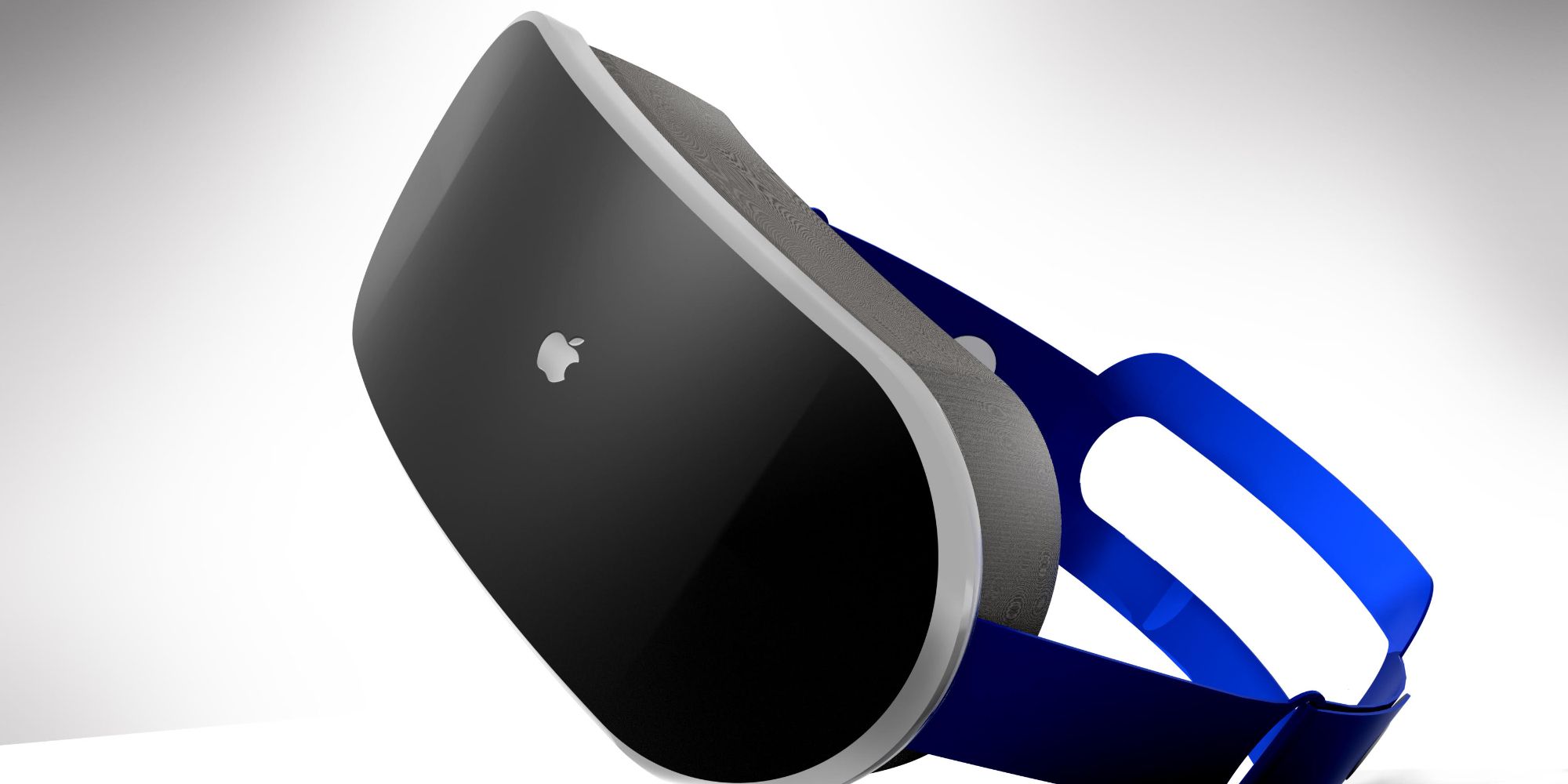New details have just emerged for Apple's long-awaited AR/VR headset — suggesting it may require a constant connection to the iPhone in order to work. Augmented reality has been an interesting niche for Apple over the years. Whether the company's showing AR gameplay on a new iPhone or touting the capabilities of LiDAR sensors, the AR niche is clearly something Apple's been thinking about for a while.
Like other companies, it's heavily rumored that Apple is eager to take its involvement to the next level. Following AR and VR gadgets like the Oculus Quest, Microsoft HoloLens, and HTC Vive, Apple's expected to make its own debut into the AR/VR headset space. Exact details on the headset's design, price, and other features remain unclear, but it's evident this is a product category Apple's seriously exploring.
A report from The Information has shed new light on an important detail of the upcoming Apple headset. Per unnamed sources familiar with the matter, The Information cites that the AR/VR device won't act as a standalone product. Instead, it'll need to be connected to another Apple device — such as an iPhone. Per the report, "The headset is meant to communicate wirelessly with a host device, presumably a phone, computer or tablet, that will handle the more powerful computing required to display virtual, mixed and augmented reality images."
Why Apple's AR/VR Headset Will Need An iPhone To Work
The report goes on to explain the reasoning behind this decision. In short, it all boils down to the chipset powering the headset. There will be an Apple-made chip inside the AR/VR headset, but it'll be considerably less powerful compared to gadgets like the iPhone and iPad. As The Information explains, "It lacks the artificial intelligence and machine-learning capabilities, known as Apple’s neural engine, which those devices include." Another possible reason could have to do with the image sensor Apple's using. Sources speaking to The Information note that it's "unusually large," saying, "Apple’s version is unusually large, similar to the size of one of the headset’s lenses, as it’s meant to capture high-resolution image data from a user’s surroundings for AR. TSMC has struggled to produce the chip without defects and has faced low yields during trial production." If the image sensor on the headset is already causing so much headache, having an iPhone handle the backend of the UX is probably the right call.
While the report is undeniably interesting, it's also not very surprising. As a first-generation product in a brand new category for Apple, it makes sense for most of the processing workload to be offset to a companion device. Apple did the same thing with the Apple Watch. While the Apple Watch of today can be used as a standalone device thanks to LTE connectivity and a capable chip inside, early models had to be paired with an iPhone to work.
There is one other key detail in the report — and it's a possible release date. The Information says Apple's AR/VR headset could arrive in 2023. Apple reportedly completed the chip in 2020 and is now ready to begin trial production for the headset itself. That launch window may very likely get pushed further down the road thanks to the neverending chip shortage, but at least for now, 2023 is the year to look forward to.
Source: The Information


